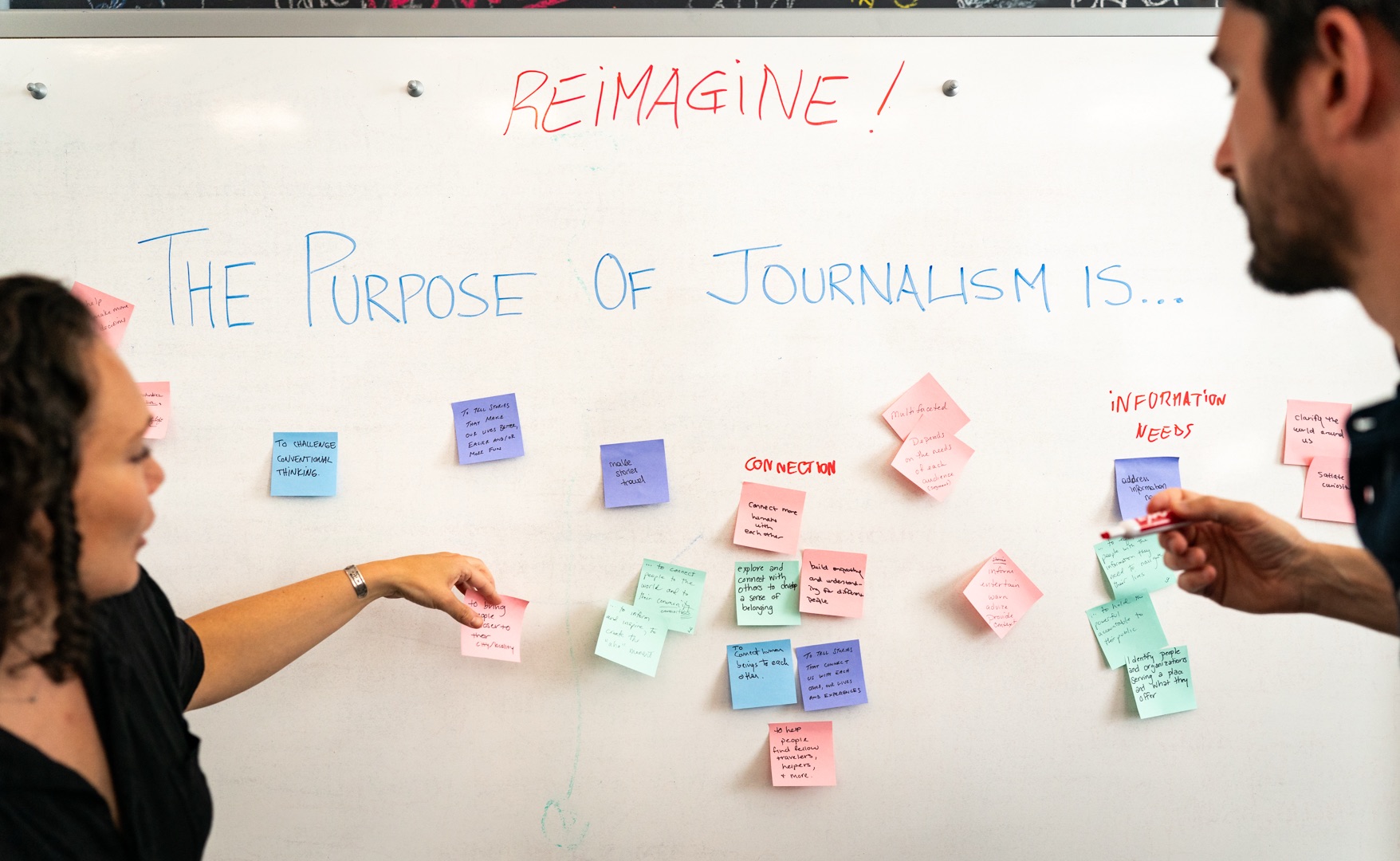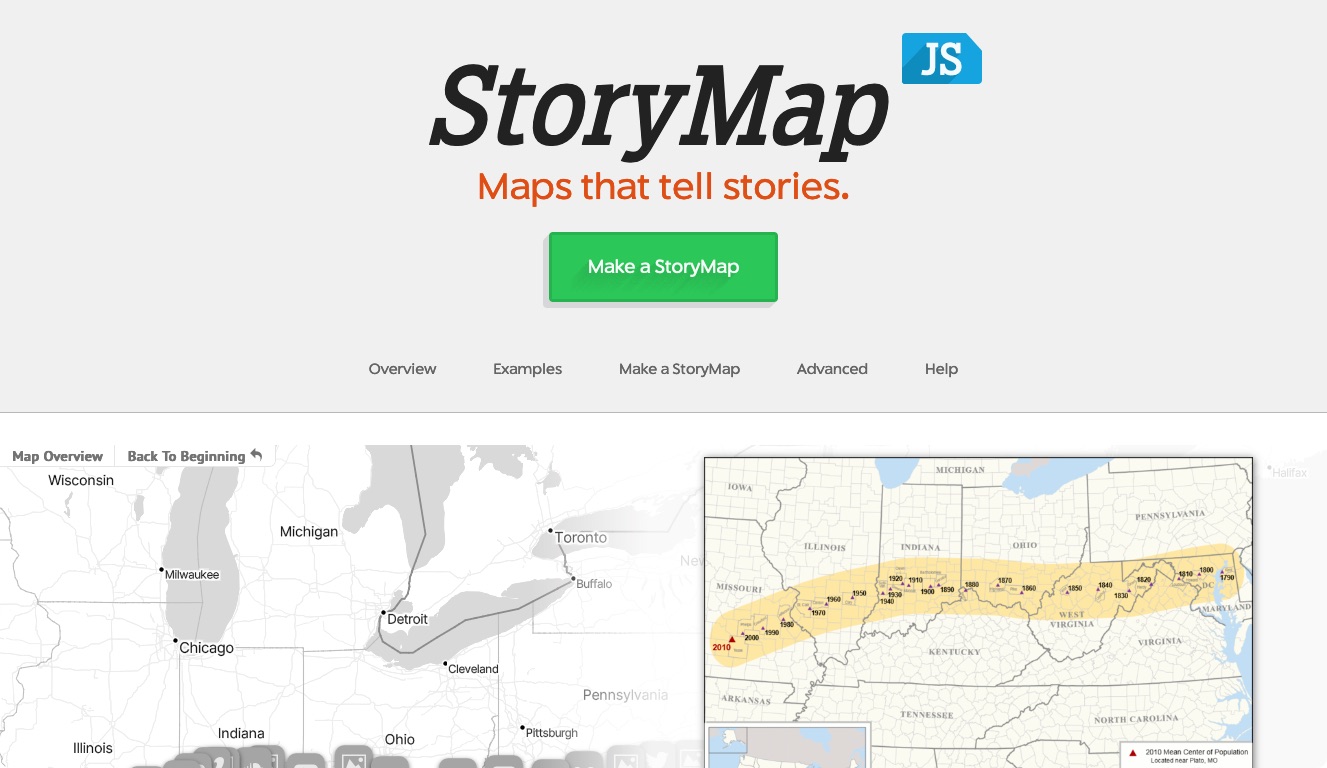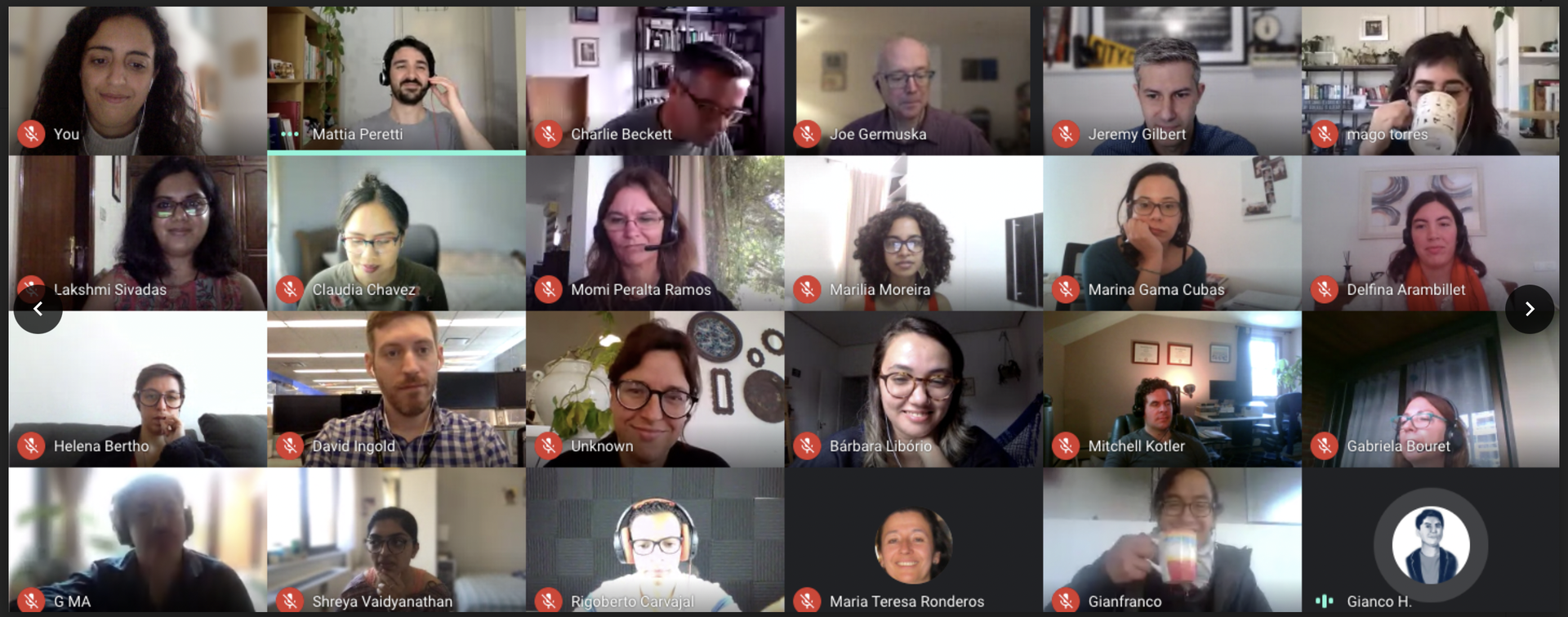While virtual reality has just recently emerged as a storytelling tool for journalists — The Columbia Journalism Review even calls it “journalism's next frontier.” — filmmakers and gaming enthusiasts have been experimenting with the technology for much longer. To get a sense of where the technology might be headed and the challenges journalists are likely to face as they adopt the technology, I talked with two people who have been working with VR for quite some time: a game developer, and documentary filmmaker.
VR immersion is a double-edge sword
I talked with Kel O’Neill, one of the creators of Empire, an interactive documentary about the legacy of colonialism and migration in different parts of the world. Last year, he and his wife and partner Eline Jongsma launched a project called The Ark, aimed at using virtual reality to save the northern white rhinos, the most endangered species on earth.
The project is set in Kenya and the San Diego Zoo, the rhinos’ last habitats. With virtual reality, he believes viewers will get the opportunity to compare the distinct and disparate environments right next to each other. Here’s a short trailer, released in early September.Virtual reality is both an empathy machine, and an isolation machine.
“There’s something incredible about VR as a method of reflection,” he says. “We want to figure out a way to use supernatural parts of the medium. It can transport people from an environment one side of the world to an environment on the other side of the world without the time difference.”
But O’Neill recognizes virtual reality as a self-contradicting medium. He sees it as both an empathy machine, but also an isolation machine. By the nature of the VR experience, he says,
viewers are isolated from other people. Although they are lost and immersed in a particular moment, they will eventually be jerked out of this virtual experience back into reality.
For O’Neill, VR is all about a promise of immersion, but not fulfilling those promises. In The Ark, for example, the viewer can “be” in the presence of these animals virtually, but it will always be a substitute for actually being in the presence of the animals. O’Neill thinks this experience cannot possibly measure up.
“It’s so immersive that you can’t help but recognize the ways that it’s not immersive,” he says. “It always falls short.”
Need for data analytics and optimization of VR platforms
Tony Mariani is the Head of Publisher Relations at Vrideo, an independent platform for immersive video founded in 2014. Coming from an entertainment, film, and gaming background, Mariani says that virtual reality’s biggest draw for him was its ability to combine these worlds into one medium.
Vrideo is exploring options to better track user data specific to virtual reality. For example, Mariani says content producers must take into account users’ comfort levels in strapping a VR device onto their faces. If someone puts on the device and takes it off immediately because the video is too shaky, that is valuable feedback.
VR content creators must also give up some control of users’ experience to the users themselves. Because of this, Mariani questions, “Is the person even watching what’s happening in the video or watching the sunset in the background?” This is especially important when VR is used to cover sensitive or uncomfortable content like domestic abuse. Aggregating information on where viewers are looking, he says, will become an important norm for analytics.
Another setback is that VR video is a very demanding format. “We’re at the mercy of people’s internet connections,” Mariani says. To get a traditional high-definition experience, the video needs to be in 4k resolution, stretched across a sphere. Anything less becomes a lower quality experience, and that is something the Vrideo team must constantly cater to.
A solution that Mariani mentions is segmentation: think of it like lazy loading but for VR. To maximize efficiency of someone’s internet connection, only the portion of the screen the person is looking at would be streamed in high resolution, everything else at a lower resolution. The problem with that, he says, is that if people start looking around too rapidly, they may catch the low resolution video before the higher quality can load. In spite of that, Mariani thinks that this technology will be the future of VR streaming.
More interesting articles about virtual reality:
The Verge on the rise and fall and rise of virtual reality
The Atlantic on where virtual reality could eventually take us
About the author





